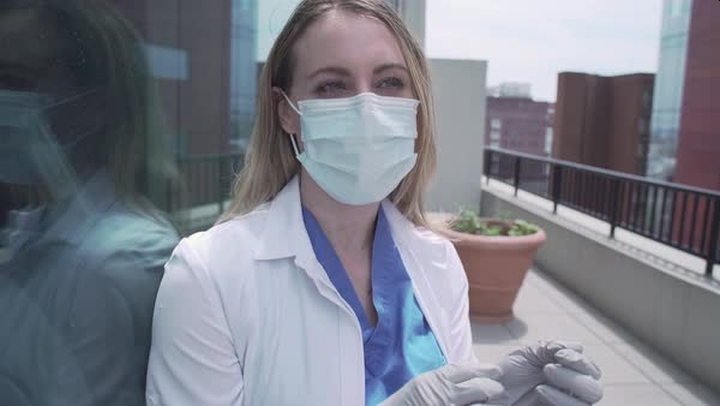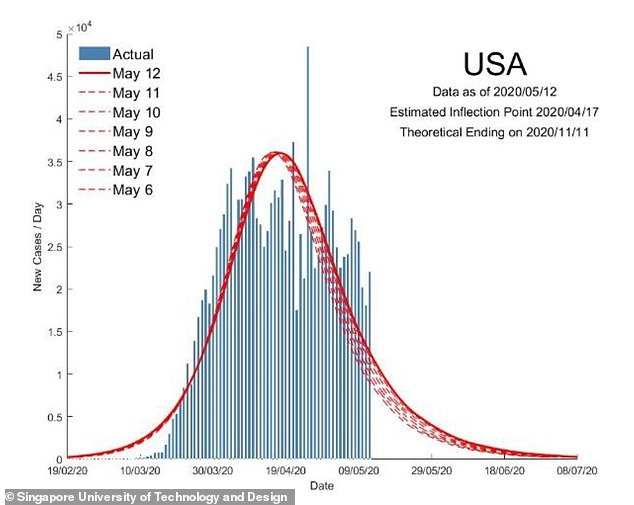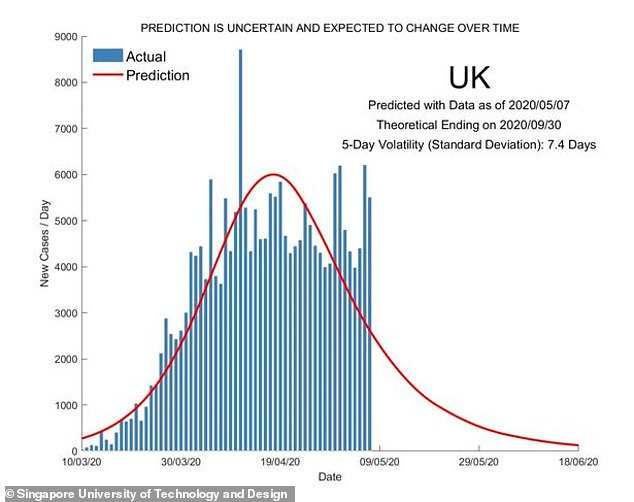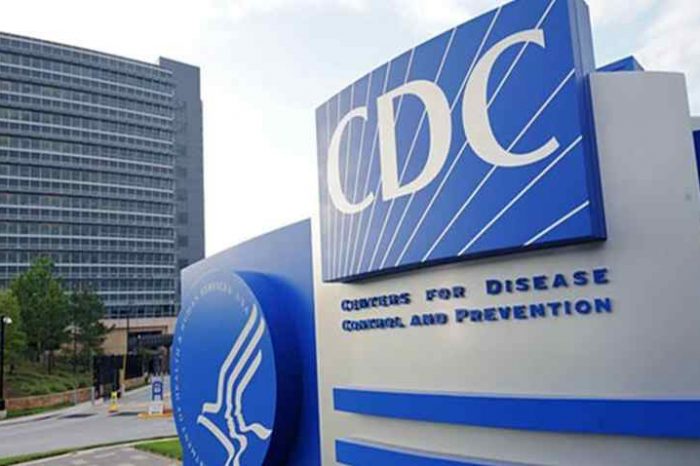NO second wave of coronavirus: Scientific model predicts the US will be free of coronavirus by November 11

Following several weeks of coronavirus lockdown, the number of new confirmed novel coronavirus cases in the U.S. has steadily declined in the last three days. Now, there could potentially be even more good news. According to a new predictive model developed by a team of scientists at the Singapore University of Technology Innovation Lab, coronavirus could be completely wiped out in the United States on November 11.
The predictive model, which used complex data modeling to determine the exact date the coronavirus pandemic would disappear, predicted that the United Kingdom will be free from the virus on September 30, 2020 with no new cases — or a second wave. Using the same model, the scientists also predicted that the pandemic will end in the United States on November 11, Italy on August 12 and Singapore on July 19 respectively. The researchers also predicted when the coronavirus crisis will end in various countries around the world.
However, the team offered disclaimers and words of caution saying the user-driven data is “uncertain” as predictions can change over time. The university also added, ”Predictions are uncertain by nature. Readers must take any predictions with caution.”
“The model and data are inaccurate to the complex, evolving, and heterogeneous realities of different countries over time. Predictions are uncertain by nature. Readers must take any predictions with caution. Over-optimism based on some predictions is dangerous because it may loosen our disciplines and controls and cause the turnaround of the virus and infection, and must be avoided. Earlier predictions are no longer valid because the real-world scenarios have changed rapidly.”
The team added, “While the predictive monitoring in early May 2020 shows the pandemic life cycle curve has “theoretically” ended (despite a small number of domestic cases reported daily) in China, South Korea and Australia, it also shows many other countries (such as Brazil, USA) and the world as a whole will still suffer till the end of 2020 if we remain in our present trajectories of government policies and individual behaviours and without medical cures and vaccines for COVID-19.” By plotting the rate of deaths over a period of four to five months, they were able to predict when the country will be free of the deadly virus.

In the case of the COVID-19, there are many things we do not know we do not know. Such uncertainty from the unknown unknowns is not quantifiable. Only the “known unknowns” are quantifiable and are often called “risk”. Most of the “uncertainty quantification” metrics in the literature are in fact risk measures. For COVID-19 predictions, it is also a question whether the risk measures, such as “margin of errors” and “confidence intervals with 95% accuracy”, are suitable, because there exist no fixed target or fact in the wicked context. Risk measurement is only suitable when we “know” there is a definitive target but just “do not know” to what extent our solution might hit the target, i.e., known unknowns.

The team also said that the predictive monitoring for each country should be read and interpreted together with what are happening in the real world, especially government intervention policy changes.




